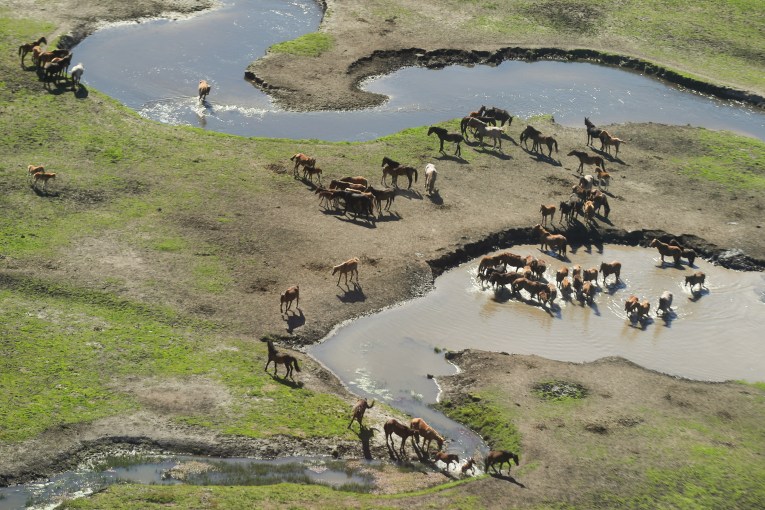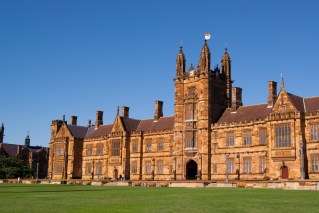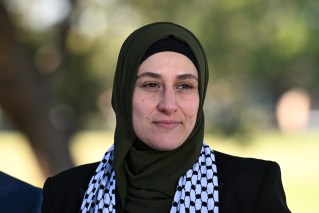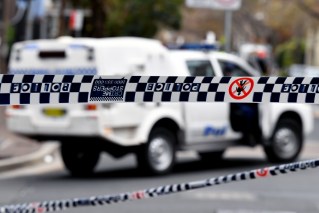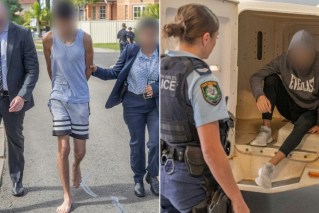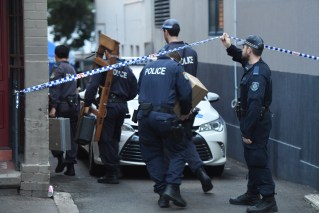Western Sydney students most likely to be in demountable classrooms

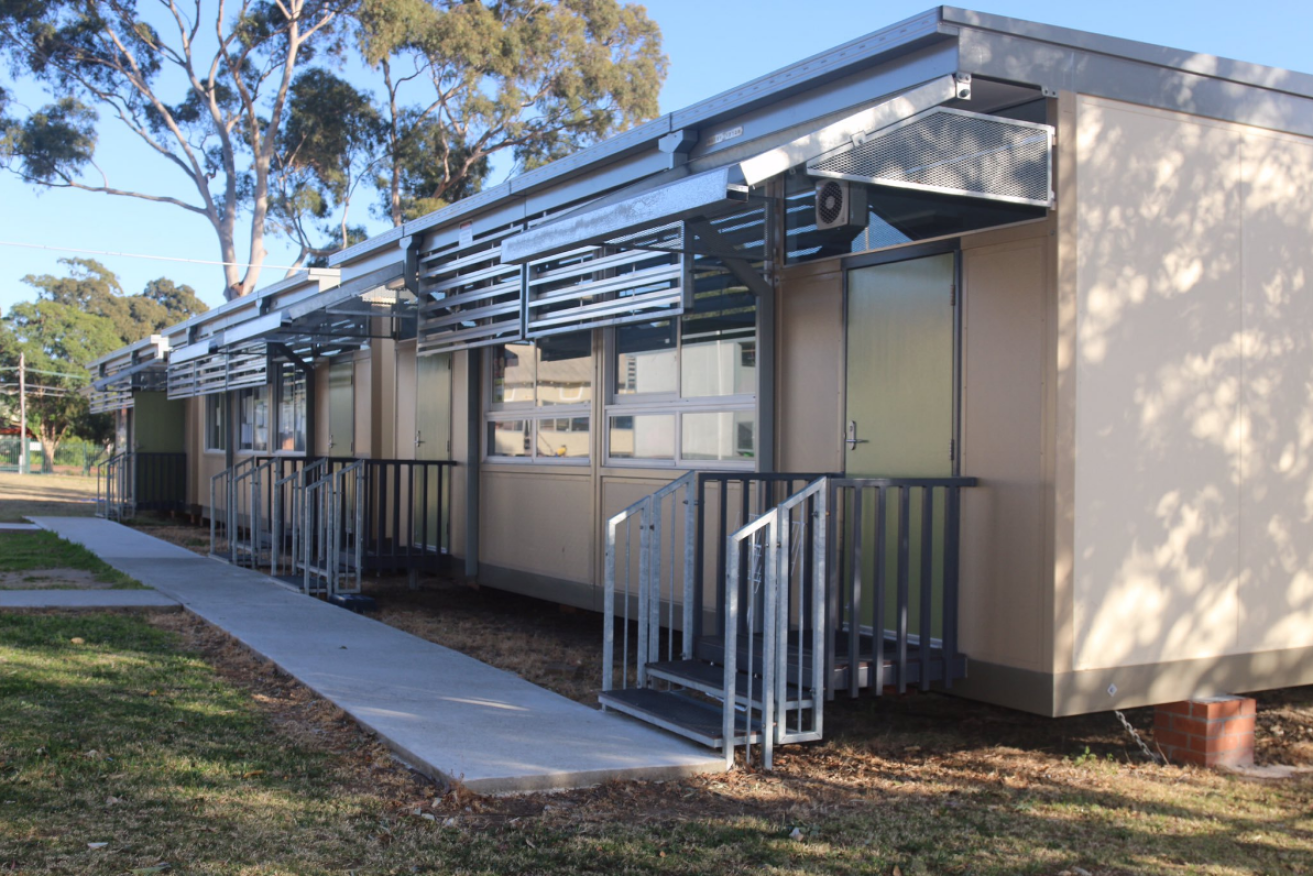
100 self-contained demountable classrooms are on their way to the northern rivers area. Photo: Luke Foley/ Twitter
Demountable classrooms are concentrated in western Sydney, according to New South Wales data obtained and analysed by The New Daily.
Figures released to Labor under freedom of information listed the number of demountables at each public school in the state, as at February this year.
Analysis found the 4781 portable classrooms were concentrated in electorates with high student numbers, even on a per-student basis.
It reveals how capital works has lagged in the areas that need more school infrastructure most.
How many demountables are in your electorate? Explore the map below
The government is filling the hole with a record $6 billion spending – with 170 new and upgraded schools over the next four years – including $1.5 billion in western Sydney.
The Riverstone electorate has the most demountables on the raw numbers.
It’s followed by Epping, Castle Hill, Prospect, Bankstown, Camden, Granville, Auburn, Fairfield, Cabramatta, Baulkham Hills and Parramatta – all spread down Sydney’s west.
The New Daily created a demountable-to-student ratio for each electorate, using 2016 Census data, to account for differences in demographics.
On those numbers, Castle Hill had the most demountables, followed by Riverstone, Prospect, Bankstown, Epping, Heffron, Granville, Manly, Ballina, Camden, Willoughby, Auburn and Monaro.
Those electorates still generally had higher-than-average student numbers.
Heffron in Sydney’s inner south was an anomaly, pushed into the top electorates by the ‘pop-up’ Alexandria Park Community School. This was a result of the department’s school construction blitz.
The electorates also tended to have more growth between the 2011 and 2016 Census (there was a boundary redistribution in 2013 so not all comparisons are direct).
Epping grew by 2462 public school students between the census surveys.
There were 1300 more in Prospect (formerly Smithfield), 1400 more in Bankstown, and 1600 more in Ryde.
Epping, Granville, Manly, Willoughby and Parramatta also all experienced significant growth of public school populations, while Camden and Ballina actually had small decreases.
Carlingford West Public School had the most demountables – ignoring the Alexandria ‘pop up’ school – with 34.
The New Daily found no clear correlation between the classrooms and a school’s relative socio-economic status, using figures from the federal government’s contentious MySchool website.
Demountables allow the NSW Education Department to be “highly responsive to changing needs in schools”, a spokesperson said.
The classrooms – all air-conditioned – can be used to manage changing enrolment patterns and meet emergency needs after fires or floods.
“They are also used to meet temporary accommodation needs as the NSW government implements its historic building program,” the spokesperson said.
Sixty of the 170 new and upgraded schools are in western Sydney.
But of the 26 schools with more than 20 demountables, only 12 are part of the funding blitz.
Henry Rajendra, Senior Vice President of the NSW Teachers Federation, said demountables were inefficient uses of space and often took up playgrounds or sports fields.
“Demountables should only be used for those very marginal reasons where there has been a shift in enrolments up and down on the fringes, so that you can accommodate the slight changes. But if it’s where permanent buildings should be, that’s unacceptable,” Mr Rajendra told The New Daily.
“No private school would accept that, and quite frankly no public school parent should be accepting that either.”
He acknowledged the state government had added significant funds to fix the problem, but said he did not believe the catch-up would match growth.
In the meantime, temporary classrooms appear to be big business for suppliers.
A $234 million contract – spanning five years from October 2014 to September 2019 – covers the disassembly and reassembly of demountables, removal and disposal of hazardous materials, and storage between use.
It also included the quality management of the classrooms, according to the online tender.
The department also began seeking “new designs to develop classrooms that are fast to build, cost effective and meet future learning requirements” in November.
“The building type must be flexible enough to be customised for individual schools, including school halls and libraries, and could be delivered in multi-storey, multi-classroom blocks,” that tender said.
In July, Labor revealed half of all schools in the state were at or above capacity, according to documents released under FOI.
Killara Public School in Sydney’s north shore was the most overcrowded, at 150 per cent capacity.
Bourke Street Public School in Surry Hills was at 135 per cent capacity.
